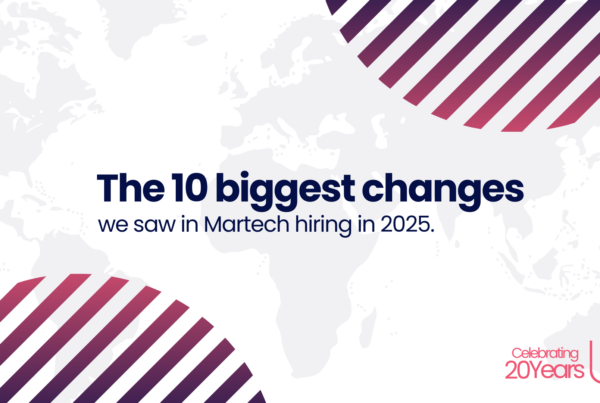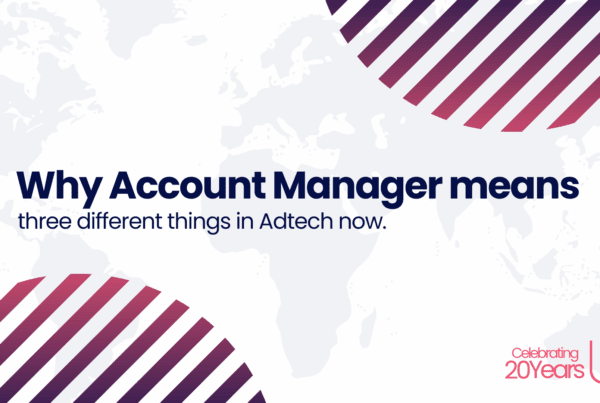What steps do brands need to take in order to prepare for a cookie-less world, an in-depth look.
The digital landscape is undergoing a significant transformation, with the impending demise of third-party cookies marking a turning point in the way brands interact with their customers. This shift presents both challenges and opportunities for businesses, demanding a strategic approach to adapt and thrive in the cookieless era.
Embracing First-Party Data: The Cornerstone of Cookieless Marketing
In a cookieless world, first-party data becomes paramount. This is the data that brands collect directly from their customers through interactions on their websites, apps, and social media channels. It includes information such as email addresses, purchase histories, preferences, and browsing habits. By leveraging first-party data effectively, brands can develop deeper customer insights, personalize experiences, and build stronger relationships.
Harnessing the Power of Zero-Party Data: Customer Opt-In Engagement
Zero-party data, willingly shared by customers, offers another valuable source of information in the cookieless world. This data comprises customer-provided information such as purchase preferences, lifestyle details, and opinions. Brands can collect zero-party data through surveys, quizzes, and interactive experiences. By actively engaging with customers and requesting their permission to collect this data, brands demonstrate transparency and build trust, fostering long-term customer loyalty.
Fostering Consent Management: Prioritizing Customer Privacy
With the growing emphasis on data privacy, brands must prioritize consent management to ensure compliance with evolving regulations and maintain customer trust. This involves implementing effective cookie consent banners, clearly explaining how data is collected and used, and providing users with options to control their data sharing preferences.
Leveraging Identity Solutions: Bridging the Cookieless Gap
Identity solutions, such as Universal Identifiers (UIDs), aim to bridge the gap left by the demise of third-party cookies. These solutions provide brands with a persistent identifier to track user journeys across multiple devices and platforms, enabling personalized experiences and measurement of ad campaigns.
Diversifying Marketing Strategies: Beyond Cookie-Based Targeting
In the cookieless world, brands need to diversify their marketing strategies beyond relying solely on cookie-based targeting. This includes leveraging contextual targeting, which focuses on the content and context of a user’s browsing environment, and audience segments based on first-party data and behavioral patterns.
Embracing Programmatic Advertising with Consent: A New Approach
While programmatic advertising remains a powerful tool for reaching target audiences, it needs to adapt to the cookieless landscape. Consent-based programmatic advertising involves obtaining explicit user consent before using their data for ad targeting. This ensures transparency and complies with privacy regulations.
Embracing Innovation: Exploring New Technologies
The cookieless era presents an opportunity for brands to explore and adopt innovative technologies that enhance customer engagement and personalization. This includes AI-powered customer segmentation, predictive analytics, and immersive experiences that leverage augmented and virtual reality.
Building Customer Loyalty: Fostering Long-Term Relationships
In a cookieless world, building customer loyalty becomes more crucial than ever. Brands need to focus on creating meaningful experiences that resonate with their target audience, providing value beyond transactional interactions. This fosters long-term relationships and drives customer retention.
Adapting and Evolving: A Continuous Process
The cookieless landscape is constantly evolving, and brands must adapt and evolve their strategies accordingly. This requires continuous learning, experimentation, and innovation to stay ahead of the curve and maintain a competitive edge.
By embracing first-party data, leveraging zero-party engagement, prioritizing customer privacy, diversifying marketing strategies, adapting programmatic advertising, exploring emerging technologies, and nurturing customer loyalty, brands can navigate the cookieless world effectively and thrive in this new era of digital marketing.




